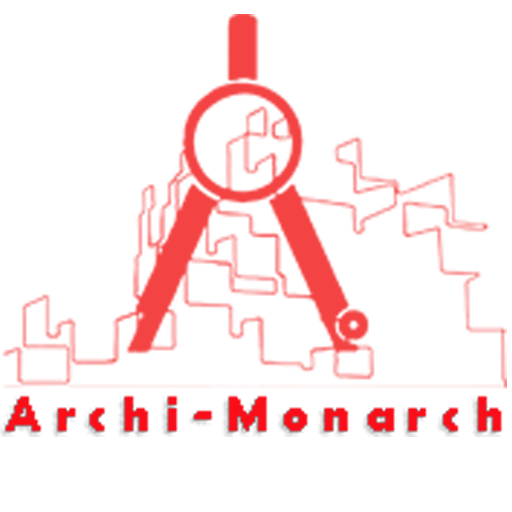Residential quarters in architecture refer to areas or buildings specifically designed to provide living accommodations for individuals or families. These spaces are typically organized to balance functionality, privacy, and comfort, often including elements such as bedrooms, living rooms, kitchens, and bathrooms.
In larger developments or urban settings, residential quarters may be part of apartment complexes, housing estates, or mixed-use buildings. The architectural design of residential quarters takes into account factors such as natural lighting, ventilation, spatial organization, and the cultural or social needs of the inhabitants.
Additionally, considerations of sustainability, security, and community integration often play an important role in modern residential architecture.
If you want to know about the staircase detail or toilet detail or miscellaneous detail, please click the link.
Image of Residential quarters (working drawing) and downloadable (in DWG) link below






Residential quarters working drawing – 5
A working drawing for residential quarters in construction is a detailed set of technical drawings used during the construction phase. These drawings serve as a blueprint for builders, contractors, electricians, plumbers, and other professionals. They ensure everyone involved in the project understands the design and specifications.
Here’s a breakdown of what they typically include:
Key Components of a Residential Quarters Working Drawing
Site Plan
- Shows the location of the building on the plot.
- Includes setbacks, landscaping, driveways, access roads, and neighboring structures.
Floor Plans
- Top-down view of each floor.
- Indicates room dimensions, walls, doors, windows, fixtures (like sinks, toilets), and furniture layout.
- Often includes codes for materials and finishes.
Elevations
- Front, rear, and side views of the building.
- Shows height, external finishes, window/door sizes, roof slopes, and decorative features.
Sections
- Vertical slices through the building.
- Shows how different floors relate vertically.
- Details of foundation, floor, wall, and roof construction.
Foundation Plans
- Layout of the foundation system.
- Includes dimensions of footings, reinforcement details, slab thickness, and concrete specifications.
Structural Drawings
- Prepared by structural engineers.
- Reinforcement details for beams, columns, slabs, etc.
- Load calculations and material specifications.
Electrical Layout
- Placement of lights, fans, switches, sockets.
- Circuit layout and panel board details.
Plumbing & Sanitation Layout
- Water supply lines, drainage lines, pipe sizes.
- Positions of water tanks, septic tanks, and sanitary fixtures.
Roof Plan
- Layout of the roof structure.
- Includes slopes, drainage, parapets, and finishes.
Door & Window Schedules
- Sizes, types, and material specifications of all openings.
- Detailing of lintels and frames.
Interior Details (Optional but Useful)
- Kitchen counters, wardrobes, stair details, false ceiling designs, etc.
Importance in Construction
- Accuracy: Minimizes errors and misunderstandings during execution.
- Coordination: Helps various trades (electrical, plumbing, etc.) work in sync.
- Costing & Estimation: Basis for quantity take-offs and cost estimation.
- Permits: Used for regulatory approvals.
Our tips to help you improve your architectural Residential quarters (working drawing) detailing.
